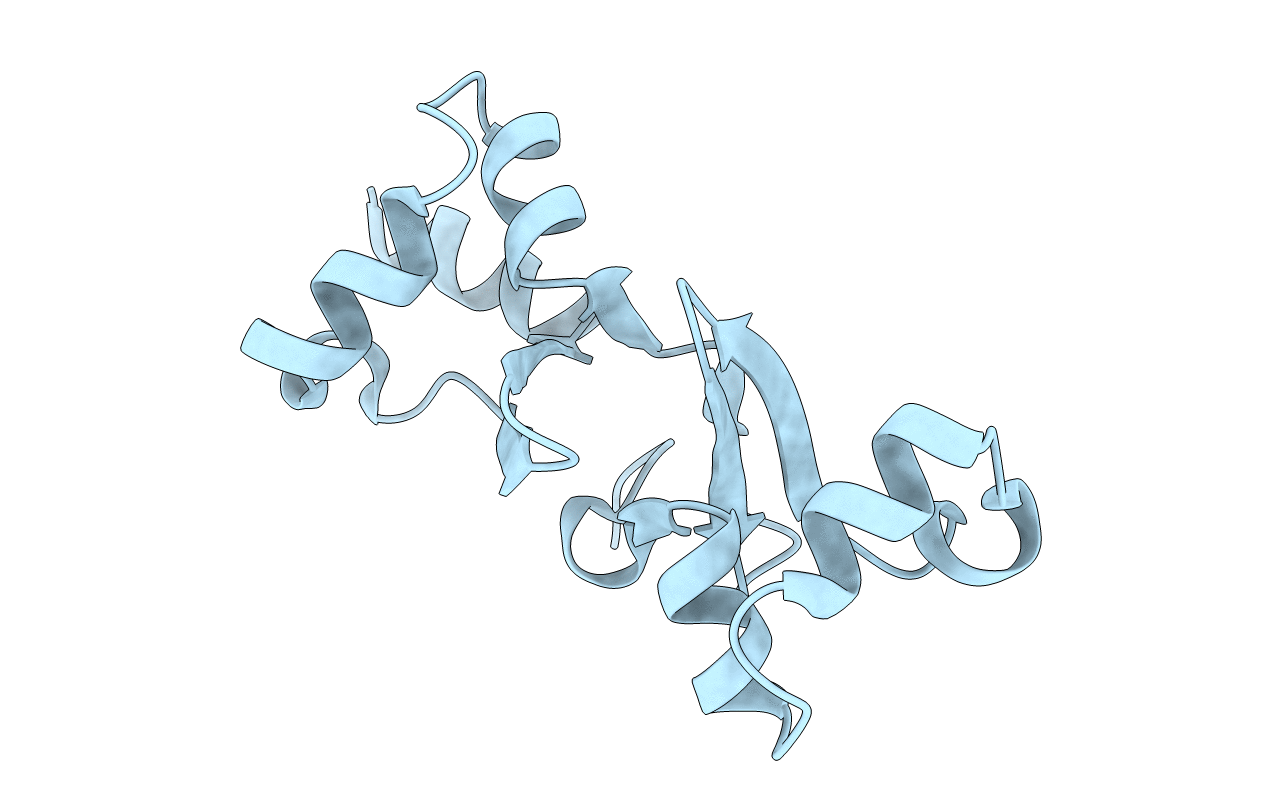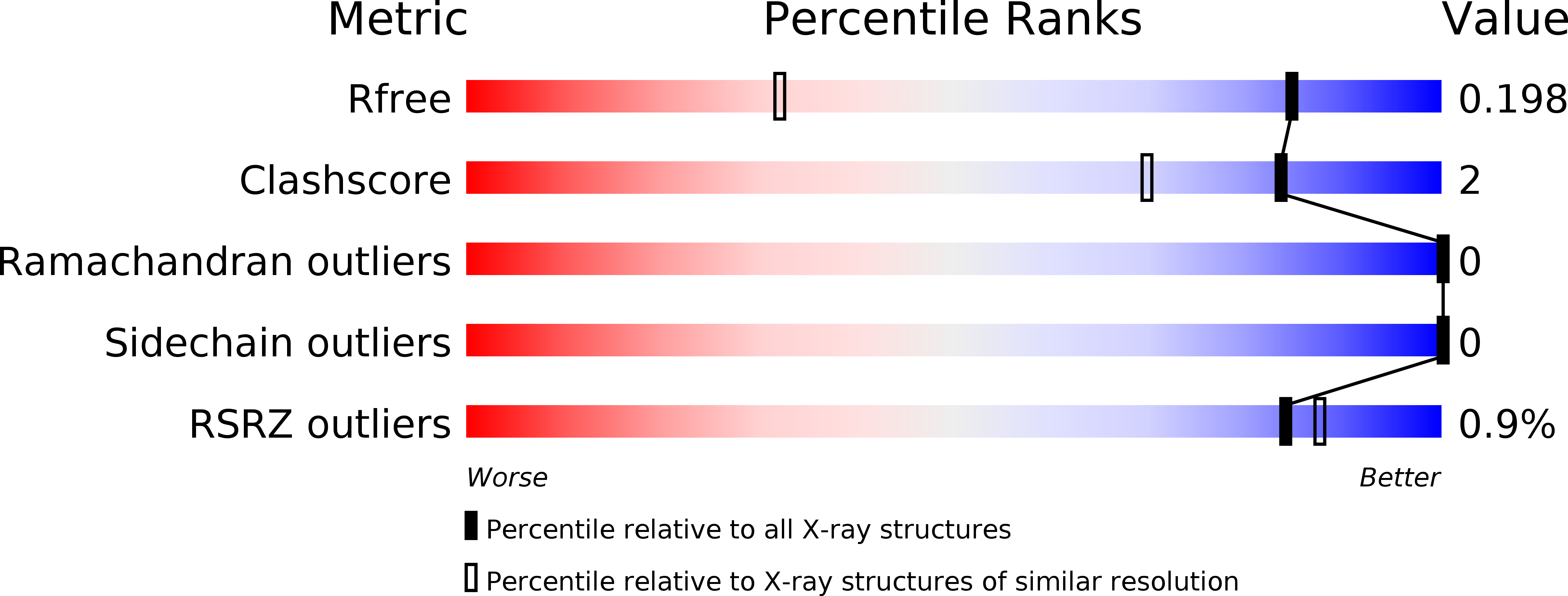
Deposition Date
2014-02-23
Release Date
2014-07-30
Last Version Date
2024-11-20
Entry Detail
PDB ID:
4P0Z
Keywords:
Title:
Structure of the double stranded DNA binding type IV secretion protein TraN from Enterococcus
Biological Source:
Source Organism:
Enterococcus faecalis (Taxon ID: 1351)
Host Organism:
Method Details:
Experimental Method:
Resolution:
1.35 Å
R-Value Free:
0.20
R-Value Work:
0.16
R-Value Observed:
0.17
Space Group:
P 1 21 1


